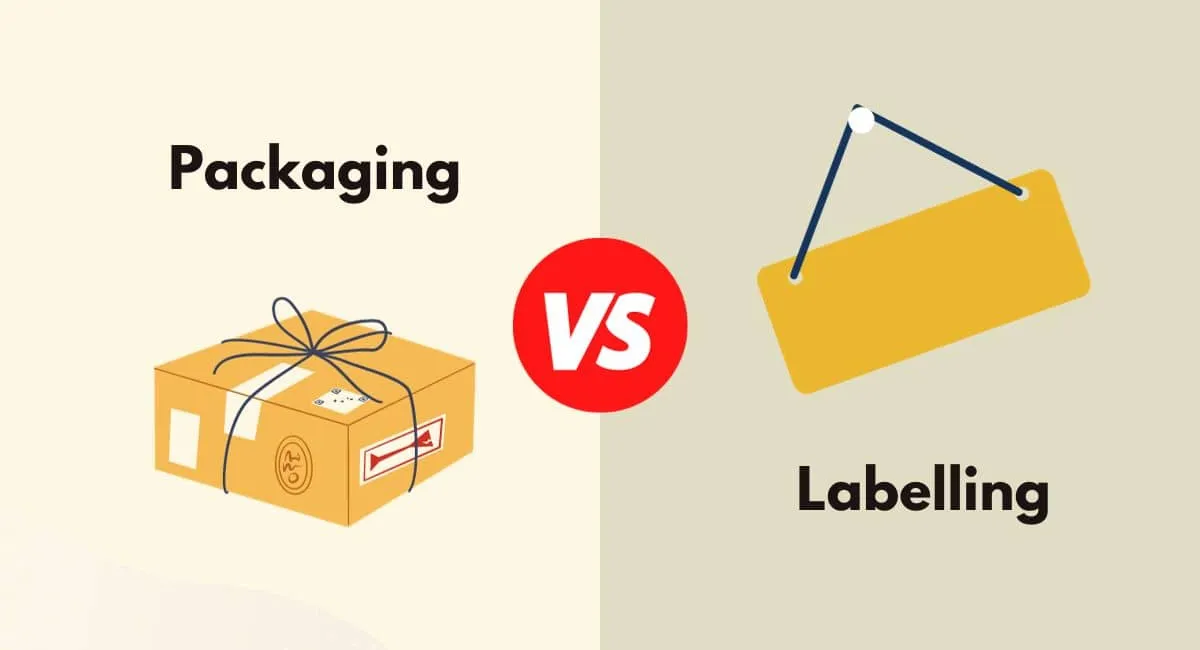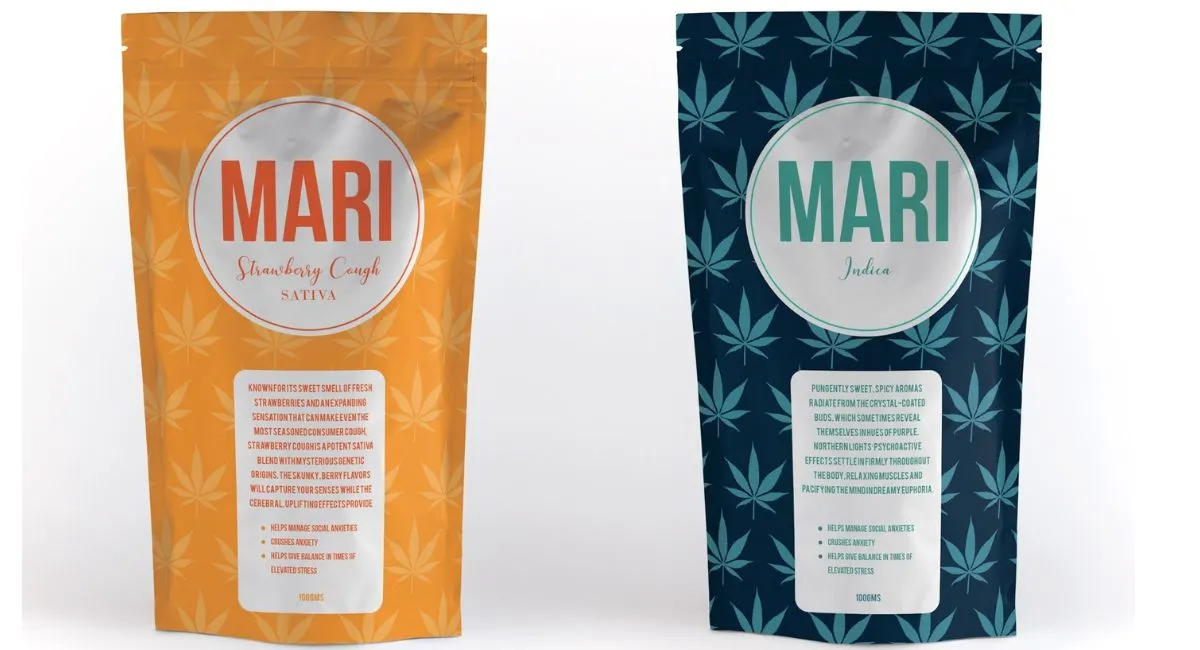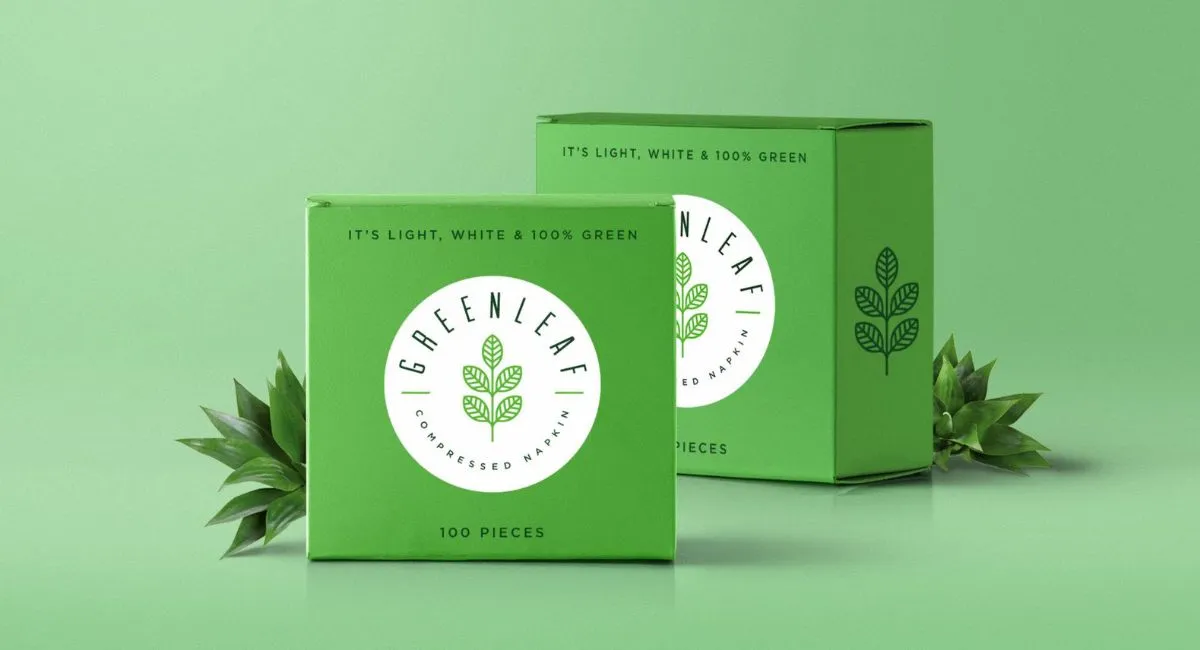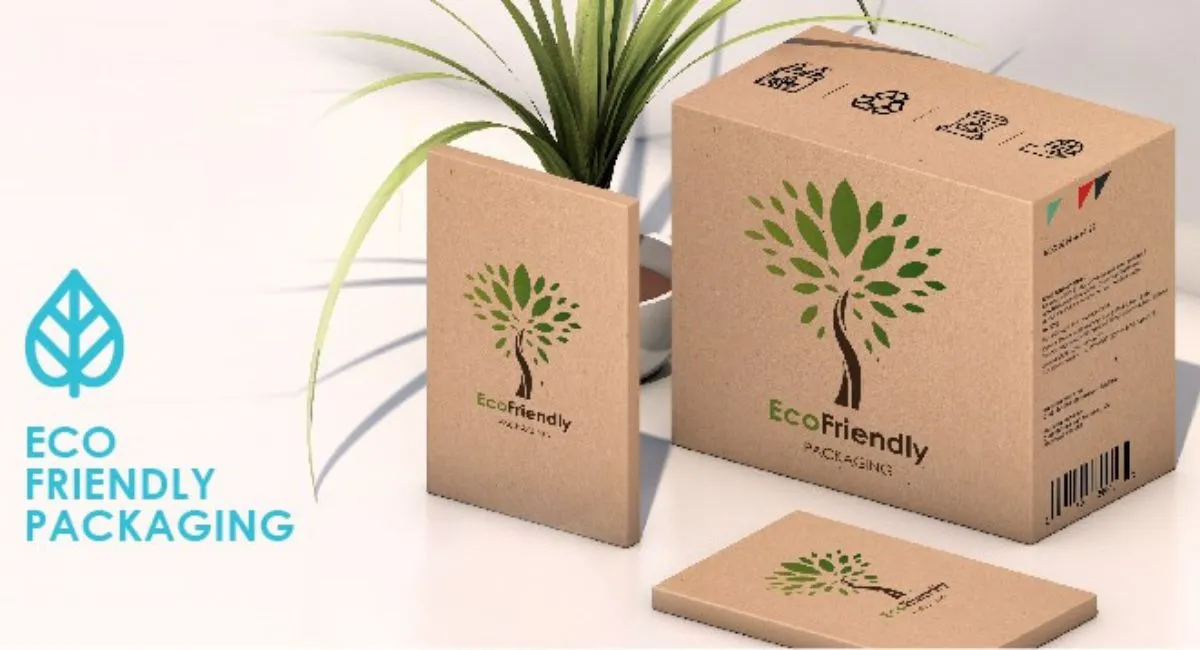The Difference Between Packaging and Labeling

In product marketing, ‘packaging’ and ‘labeling’ are often used interchangeably, yet they serve distinct roles in presenting and protecting products. Understanding the difference between these two is crucial for businesses looking to enhance their product’s appeal, comply with legal requirements, and communicate effectively with consumers. This blog aims to dissect the nuances between packaging and labeling, providing insights into how each contributes to a product’s journey from the manufacturing line to the consumer’s hands.
What is Packaging?
Packaging refers to the process and design of enclosing or protecting products for distribution, storage, sale, and use. It goes beyond mere functionality; packaging is a crucial marketing tool influencing consumers’ perceptions and buying decisions. It encompasses everything from the material that holds a product to the boxes or wrappers that contain multiple items for shipment.
Types of Packaging
- Primary Packaging: Directly contains and protects the product (e.g., a lipstick tube or a beverage bottle).
- Secondary Packaging: Holds one or more primary packaged products (e.g., a cereal box or a six-pack beer carton).
- Tertiary Packaging: Used for bulk handling, warehouse storage, and transport shipping (e.g., pallets, crates).
Functions of Packaging
- Protection: Safeguards the product from damage during transportation and storage.
- Preservation: Extends the shelf life of perishable items.
- Convenience: Facilitates ease of use, handling, opening, and resealing.
- Information: Offers crucial details about the product, usage, and disposal.
- Marketing: Attracts consumer attention and communicates brand values.
What is Labeling?
On the other hand, labeling refers to the practice of attaching information to a product or its package. Labels can be printed directly on the product, attached as tags, or printed on the packaging. They inform and communicate with the consumer, providing necessary details about the product’s use, ingredients, manufacturer, etc.
Types of Labels
- Brand Labels: Display the brand name and logo, pivotal in brand recognition.
- Informational Labels: Offer usage instructions, ingredients, and product features.
- Legal Labels: Include necessary legal information, such as safety warnings, compliance marks, and regulatory information.
- Price Labels: Show the product’s price either directly on it or on the shelf where it is displayed.
Functions of Labeling
- Identification: Helps identify the product and distinguish it from competitors.
- Legal Compliance: Ensures the product meets regulatory requirements, providing safety and health information.
- Information: Educates the consumer about the product, including how to use, store, and dispose of it safely.
- Marketing: Supports branding efforts and can influence purchasing decisions through attractive design and persuasive information.
Critical Differences Between Packaging and Labeling
While packaging and labeling are intertwined in their roles of presenting and protecting products, their core functions highlight their differences:
- Functionality vs. Communication: Packaging primarily focuses on protecting the product and extending its shelf life, whereas labeling concentrates on communicating with the consumer.
- Physical vs. Informative: Packaging involves the physical aspects that contain and protect the product, while labeling provides the information necessary for understanding the product’s benefits, usage, and safety precautions.
- Design and Material vs. Content: The design and material choice in packaging is crucial for attracting consumers and ensuring product safety. In labeling, the content, including the text and images used, is vital in informing and persuading consumers.
Conclusion
Understanding the distinction between packaging and labeling is essential for businesses aiming to make their products stand out in the marketplace. Adequate packaging protects and presents the product in a way that appeals to consumers, while good labeling provides the necessary information to inform and persuade potential buyers. Together, packaging and labeling create a synergy that enhances the product’s marketability, ensuring it reaches the consumer in perfect condition and communicates the brand’s message effectively.



